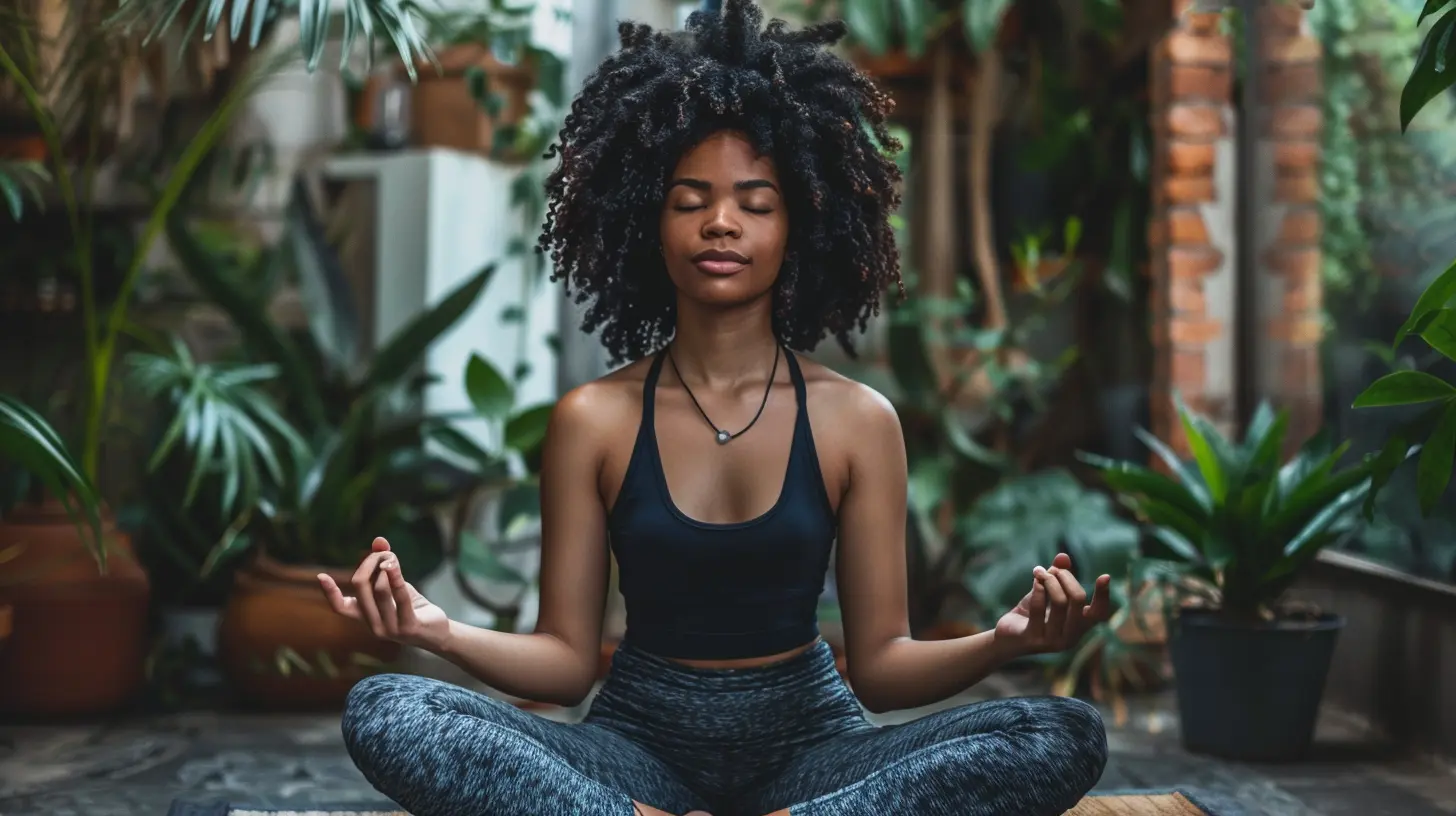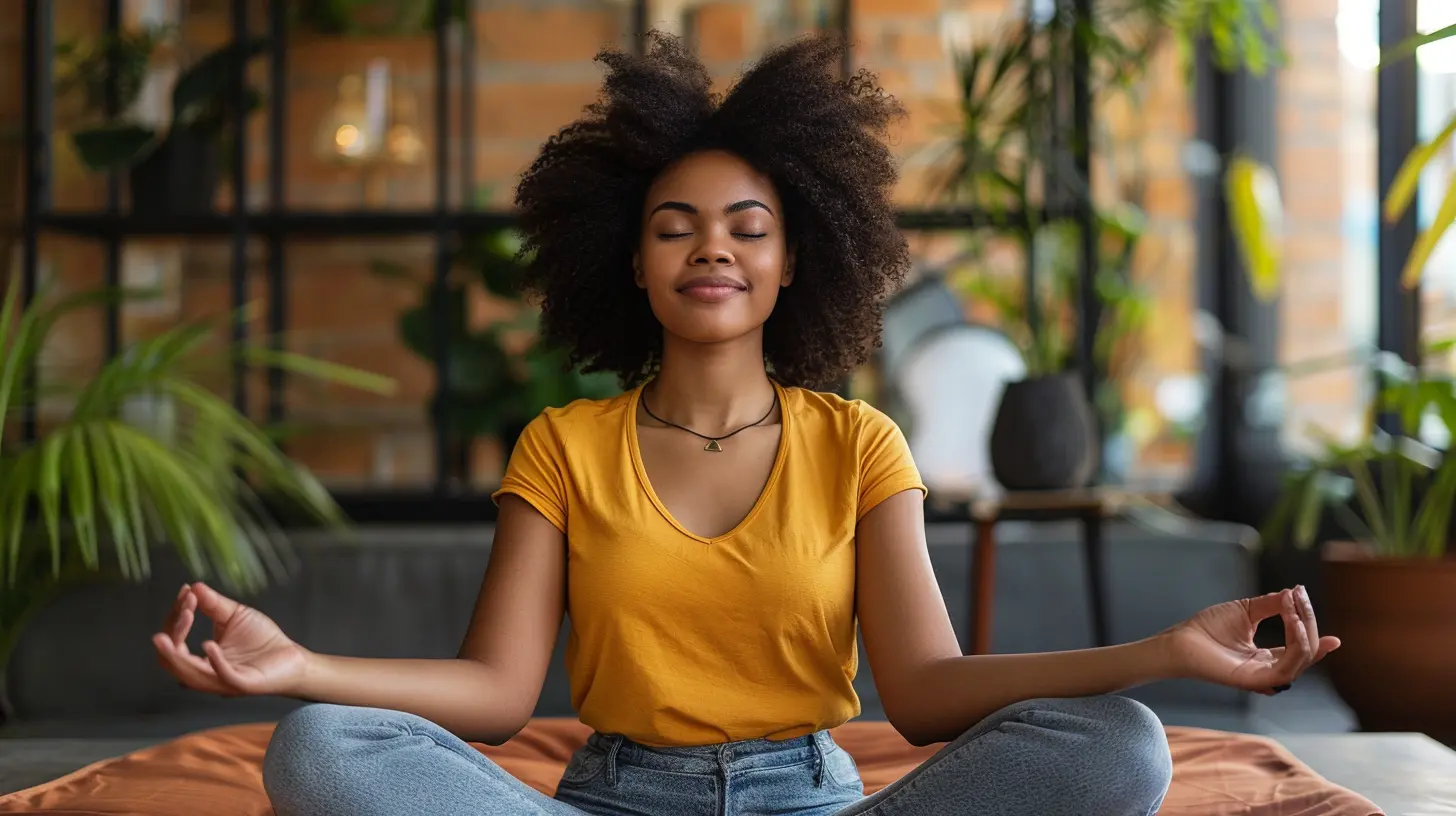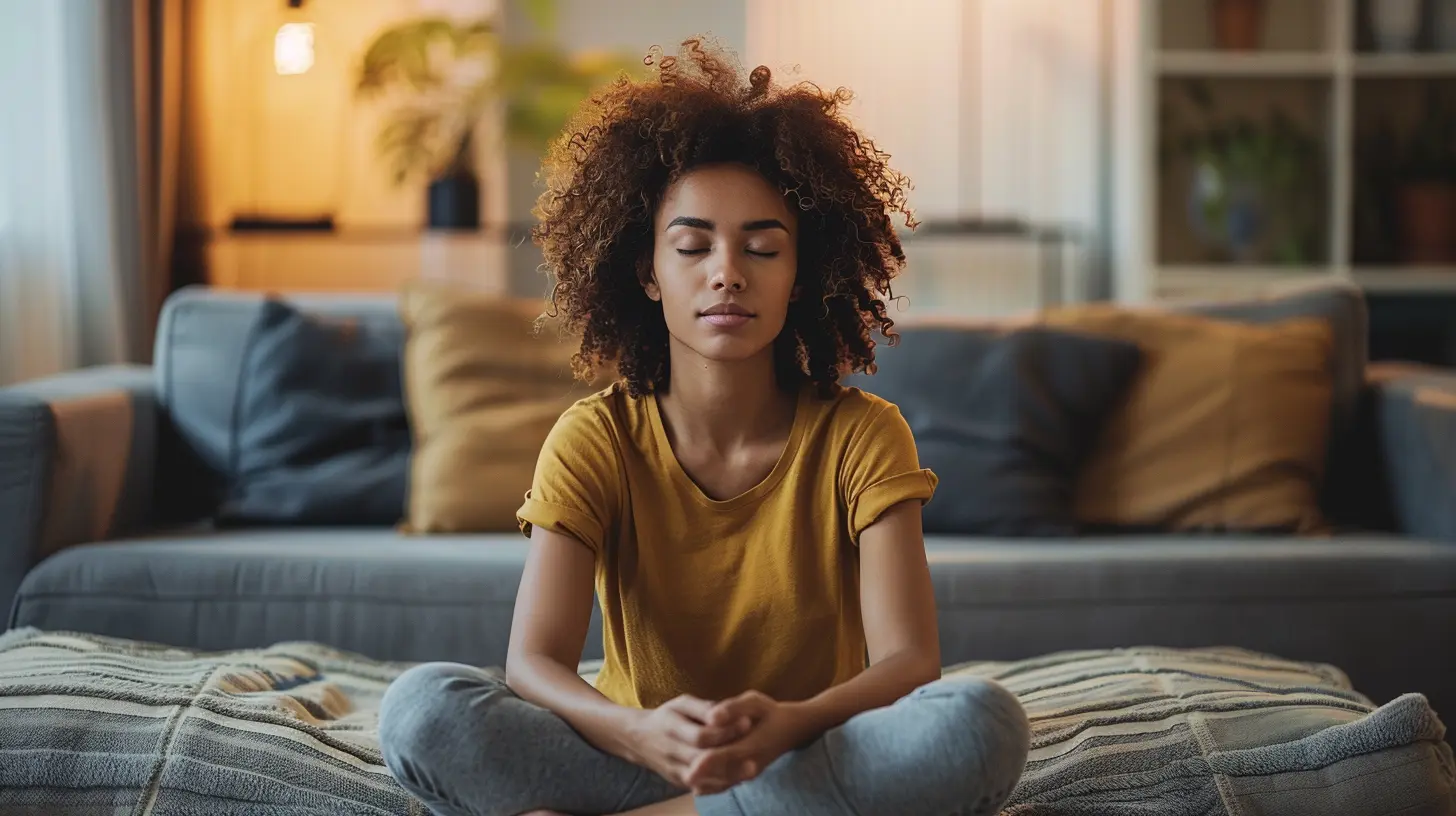How to Create a Meditation Routine That Works for You
4 July 2025
So, you've heard all about the benefits of meditation – stress relief, better focus, improved mental clarity, and even a deeper sense of peace. But when you actually sit down to meditate, your mind races, your back hurts, and before you know it, you're thinking about what’s for dinner. Sound familiar? If you're nodding your head, don't worry. You're not alone.
Creating a meditation routine that works for you isn’t as simple as lighting a candle, sitting cross-legged, and zoning out. It takes a bit of trial and error, some patience, and, honestly, a sprinkle of self-compassion. But once you get the hang of it, meditation can be a complete game-changer for your mental well-being. So, let's dig into how you can create a meditation routine that fits your life and personality.

Why Meditation is Worth the Effort
Before we dive into creating your perfect meditation routine, let's take a quick look at why meditation is worth the effort. You're likely already aware that meditation has been practiced for thousands of years, but recently, science has been catching up with what ancient traditions have known all along.Meditation helps reduce stress, improve focus, and even increase compassion – both towards yourself and others. Research has shown that regular meditation can lower cortisol levels (that pesky stress hormone), boost your immune system, and even increase gray matter in the brain! In short, meditation helps your brain function better and makes you feel better.
But here's the kicker: to reap these benefits, consistency is key. That’s where creating a meditation routine comes in. Let’s break it down step by step.

Step 1: Determine Your "Why"
Before you begin any new habit, it's essential to pinpoint your motivation. Why do you want to meditate? Are you trying to reduce stress? Are you looking to improve focus and productivity? Or maybe you’re seeking a deeper connection with your inner self?Knowing your "why" will help keep you motivated when the going gets tough – and yes, it will get tough. Meditation, like any new skill, takes practice.
Take a few minutes to reflect on your reasons for meditating. Write them down if that helps. This will serve as a reminder when you're tempted to hit snooze instead of sitting down to meditate.

Step 2: Start Small and Build Gradually
One of the biggest mistakes people make when starting a meditation routine is setting overly ambitious goals. You don’t need to meditate for an hour a day right from the get-go. In fact, jumping in too quickly can be counterproductive. Meditation is like exercise – if you go too hard too soon, you're likely to burn out.Instead, start with just 5 minutes a day. Yes, that's it – only 5 minutes. The key is to make it a habit before you worry about increasing the length of time. It's much easier to fit 5 minutes into your schedule than 30, and once you get into the rhythm of it, you can gradually increase the duration.
Consistency is more important than duration. A daily 5-minute meditation will have more impact over time than a sporadic 30-minute session once a week.

Step 3: Find the Best Time for You
When is the best time to meditate? The answer: whenever works best for you. Some people swear by morning meditation, claiming it sets a calm and focused tone for the day. Others prefer meditating before bed to unwind from the stresses of the day.Experiment with different times to see what fits your lifestyle. Maybe you’re a morning person, or perhaps you’re more of a night owl. Find a time when you’re least likely to be interrupted and when you feel most able to focus.
Just make sure you’re consistent. Try to meditate at the same time every day to build a routine. Your brain will start to associate that time with meditation, making it easier to slip into a mindful state.
Step 4: Create a Meditation-Friendly Space
Your environment plays a huge role in your ability to meditate successfully. You don't need an elaborate meditation room, but a dedicated space can help set the mood and signal to your brain that it's time to meditate.Find a quiet spot where you won’t be disturbed. You could set up a comfortable chair or cushion on the floor, light a candle, or play soft music if that helps you focus. Some people like to meditate outdoors, while others prefer a cozy indoor corner.
Whatever you choose, make sure it's a space where you feel calm and comfortable. If you live in a noisy environment, noise-canceling headphones or white noise machines can be lifesavers.
Step 5: Choose Your Meditation Style
Did you know there are different styles of meditation? If you’ve struggled with meditation in the past, it might be because you haven't found the right style for you yet. Meditation isn’t one-size-fits-all, so it's worth exploring various techniques.Here are a few popular meditation styles to consider:
Mindfulness Meditation
Mindfulness meditation is all about staying present and aware. You simply focus on your breath, body sensations, or the thoughts passing through your mind without judgment. It’s ideal if you want to cultivate awareness and reduce stress.Loving-Kindness Meditation
This practice involves sending love and goodwill to yourself and others. It’s a great option if you’re looking to increase compassion and reduce feelings of anger or resentment.Guided Meditation
Perfect for beginners, guided meditation involves listening to a teacher or recording that walks you through the meditation process. If you have trouble staying focused, this might be the way to go.Transcendental Meditation
This involves repeating a specific mantra to help you reach a deep meditative state. It requires a bit more practice but can be incredibly powerful for those seeking deeper mental clarity.Body Scan Meditation
In this practice, you scan your body from head to toe, noticing any areas of tension or discomfort. It's a great way to reconnect with your body and release any stored-up stress.Don’t be afraid to try different methods until you find one that resonates with you. Remember, there’s no "right" or "wrong" way to meditate – the best style is the one that works for you.
Step 6: Be Kind to Yourself
Here’s the deal: meditation isn’t about clearing your mind of all thoughts. That’s a huge misconception! It's completely normal for your mind to wander during meditation. The goal is to notice when your mind drifts and gently bring it back to the present moment.Don’t beat yourself up if your mind feels like a crowded room full of noisy thoughts. It happens to everyone. Instead of getting frustrated, treat yourself with kindness. Meditation is a practice, not a performance. The more you practice, the better you’ll get at gently guiding your focus back to your breath or whatever you’re concentrating on.
Step 7: Track Your Progress
Like any habit, it helps to track your meditation practice. This can be as simple as checking off a box on a calendar or using a meditation app that logs your sessions. Tracking your progress gives you a sense of accomplishment and can help you stay motivated.Plus, it’s encouraging to see how far you've come! Over time, you might notice that you're able to sit for longer periods or that your mind doesn’t wander as much. Progress is progress, no matter how small.
Step 8: Stay Flexible
Finally, it's important to stay flexible with your meditation routine. Life happens – you might miss a session or two, and that’s okay. The key is to get back on track without beating yourself up.Your meditation practice should be something that enhances your life, not another item on your to-do list that adds stress. Be willing to adjust your routine as needed. Some days, you might only have 5 minutes, while other days, you might feel like sitting for 20.
Listen to your body and your mind. Meditation is about tuning in to yourself, so honor where you're at, and adjust your practice accordingly.
Final Thoughts
Creating a meditation routine that works for you is all about finding what fits your life, personality, and goals. Start small, be consistent, and most importantly, be kind to yourself along the way. Meditation is a powerful tool for improving your mental health, but it’s also a journey. Don’t rush it. Enjoy the process, and before you know it, meditation will become a natural part of your daily routine.So, are you ready to give it a go? Your mind (and body) will thank you!
all images in this post were generated using AI tools
Category:
MeditationAuthor:

Ember Forbes
Discussion
rate this article
2 comments
Jolene Bellamy
Meditation: because 'thinking about nothing' is the hardest job you'll ever love! Namaste, everyone!
December 8, 2025 at 4:43 PM
Zailyn Hubbard
Creating a personalized meditation routine can transform your well-being. Start small, be patient, and enjoy the journey!
July 15, 2025 at 4:59 AM

Ember Forbes
Thank you! I completely agree—starting small and being patient is key to making meditation a rewarding practice. Enjoy the process!


